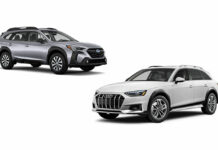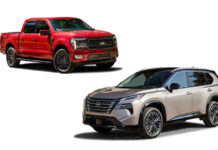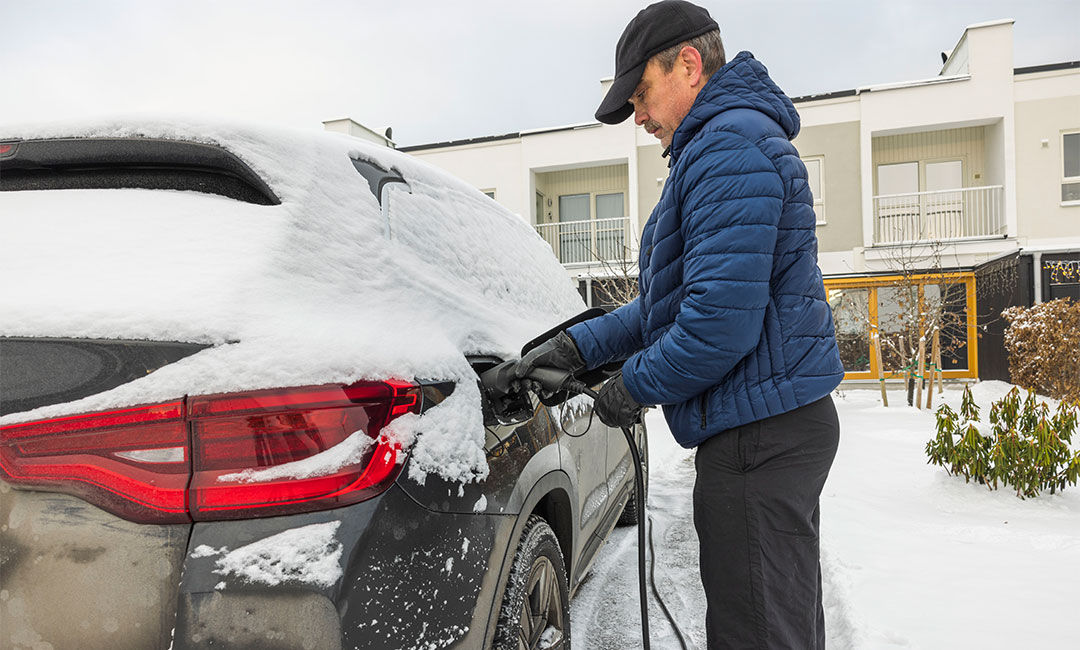As the days grow shorter and the temperatures begin to plummet, many of us find ourselves facing new challenges on the road. Cold weather can have a significant impact on your vehicle’s fuel efficiency, potentially leading to increased costs and a larger carbon footprint. However, with the right knowledge and a few simple adjustments to your driving habits and vehicle maintenance routine, you can keep your mileage up even when the mercury drops. Not only will these practices help you save money on fuel, but they’ll also contribute to a more sustainable and environmentally friendly driving experience during the colder months. So, as the thermometer dips, remember that you have the power to maintain your fuel efficiency and keep your vehicle running efficiently all winter long.
1. Maintain Proper Tire Pressure
One of the easiest and most effective ways to boost your vehicle’s fuel efficiency in cold weather is to ensure that your tires are properly inflated. Cold air can cause tire pressure to drop, so check your tire pressure regularly and inflate them to the manufacturer’s recommended levels. Under-inflated tires create more rolling resistance, which makes your engine work harder and burn more fuel.
2. Use Winter-Appropriate Tires
If you live in an area with harsh winter conditions, consider switching to winter tires. Winter tires are designed with a special tread pattern and rubber compound that provides better traction on cold, icy, and snowy roads. When your vehicle has better grip, you can drive more confidently and reduce the risk of wheel spin, which can lead to fuel-wasting situations.
3. Warm Up Your Engine Wisely
It’s a common misconception that you need to idle your car for an extended period to warm up the engine in cold weather. Modern engines are designed to warm up more efficiently while driving. So, instead of idling your vehicle for several minutes, start driving gently after about 30 seconds of idling to warm up the engine more efficiently. This not only saves fuel but also reduces unnecessary engine wear.
4. Use Synthetic Oil
Switching to synthetic oil in colder weather can improve your engine’s efficiency. Synthetic oil flows more easily at low temperatures, reducing friction and allowing your engine to operate more efficiently. Check your vehicle’s owner’s manual or consult with a mechanic to determine the right type of oil for your car.
5. Reduce Idle Time
Avoid prolonged idling whenever possible. If you anticipate waiting for more than a minute, it’s more fuel-efficient to turn off your engine and restart it when needed. Idling consumes fuel without getting you anywhere, making it an inefficient practice in cold weather.
6. Minimize Heater Usage
While staying warm in your vehicle is important during the winter months, running the heater on high all the time can significantly reduce fuel efficiency. Use your vehicle’s heating system wisely. Start with a lower setting, and once the cabin is comfortably warm, decrease the fan speed or lower the temperature to a more moderate level. Additionally, consider using seat warmers, which are often more efficient at keeping you comfortable without using excessive energy.
7. Remove Excess Weight
Clear out any unnecessary items from your vehicle’s trunk or interior. Carrying around extra weight in your car means your engine has to work harder, which can lead to reduced fuel efficiency. Before the cold weather sets in, take a few moments to declutter your vehicle and remove any items you won’t need.
8. Plan Your Trips
Combine errands into a single trip whenever possible. Cold starts and short trips are particularly hard on fuel efficiency since the engine doesn’t have time to reach its optimal operating temperature. By planning your trips efficiently, you can reduce the number of cold starts and maximize your vehicle’s fuel efficiency.
9. Maintain a Consistent Speed
On the highway, try to maintain a consistent speed and avoid unnecessary acceleration and braking. Sudden speed changes can lead to increased fuel consumption, so aim for a smooth and steady driving style. Consider using cruise control when road conditions allow.
10. Park in a Garage or Sheltered Area
Parking your car in a garage or sheltered area can help maintain a slightly warmer starting temperature for your engine and reduce the need for prolonged idling to warm up. If you have access to covered parking, take advantage of it during the winter months.
Time to revisit your car insurance? Here are 12 ways you may be able to save this season!











